By Barbara A. Schmitz
John Dyer said he is a protégé of the Civil Rights Movement. Born in Atlanta in 1949, he remembers Martin Luther King Jr.’s “I Have a Dream” speech. Even though he was just 11 then, he also had a dream — to fly airplanes.
“I was told all I had to do is stay in school because in America you can be what you want to be,” said John, now 76, of Spring, Texas.
So he finished high school, went to college for music education, and joined the ROTC program. After graduating he was commissioned in the U.S. Air Force and started flight school in 1971.
“The Tuskegee Airmen are famous for proving that Black people could fly,” he said, “but I was the only Black person in my class of ’76. It was the hardest program I’ve ever been through, but I was pretty motivated to fly.”
After he finished flight school, he went to flight instructor school and graduated top of his class, becoming the first Black T-38 instructor at Reese Air Force Base in Lubbock, Texas, John said. And in the three years he was there, he’s proud to add that he didn’t lose a student.
However, the Air Force’s recruiting service learned about him when he was working as a pilot instructor in San Antonio.
“They said we need minorities, and all of a sudden, I was their poster guy,” John said. In 1973, his picture was on TV, in print, and on billboards.
About that time, the Vietnam War was winding down, and John said he had a commander who wasn’t happy about the recruitment work. So they announced a RIF, or reduction in force, and John became the only one to lose his job.
“I called the people in recruiting, told them to stop the campaign, and I was reinstated two weeks later,” he said.
Next, he worked with the 89th Airlift Wing, which provides global Special Air Mission (SAM) airlift, logistics, aerial transport, and communications for the president, vice president, combatant commanders, senior leaders, and others.
After that, John decided to leave the military. He joked that he is an “ex-Con” as he worked for Continental Airlines for six years before it shut down, and then he moved to FedEx, where he stayed until retiring in 2009.
His most recent achievement is earning the Wright Brothers Master Pilot Award from the FAA in November 2022. The award recognizes pilots who have practiced safe flight operations continuously for 50 or more years during the course of their aviation careers.
John has logged about 21,000 hours in the air, and today he flies three airplanes: a 1969 Ted Smith Aerostar, a 1980 Piper Aerostar, and a 1966 Cessna 172. He flew the Piper into AirVenture and is parked and is camping in the North 40.
The key to being a safe pilot is all about having the right mindset, he said. “You need a low tolerance for errors. You can’t become complacent and must always be looking for a place to land when in the air. The key is being diligent and not being tolerant of imperfection.”
Many days during AirVenture you’ll find John volunteering with EAA’s Lost and Found. A Lifetime EAA member, he has played jazz all over the world, as well as with the Flying Musicians Association Inc. in Oshkosh. In addition, he has played taps during EAA’s Sunday memorial service for years.
He said he comes to AirVenture for the people as much as the planes. And while he has rented homes and stayed in hotels and dormitories, John said the best way to get the Oshkosh experience is to camp under the wing of your airplane.
“You just miss so much otherwise,” he said. “When you’re sleeping under the plane you can go to the late-evening events without worrying how to get out. AirVenture is really a good name [for the fly-in convention]. It’s just an adventure.”

